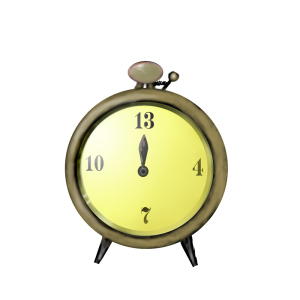
Mood and tone are some of the ways a story’s underlying emotions can be conveyed to a reader. This article explores the difference between mood and tone and helps show how a writer can employ them.
As a start, look at the opening of Jane Eyre:
There was no possibility of taking a walk that day. We had been wandering, indeed, in the leafless shrubbery an hour in the morning; but since dinner (Mrs. Reed, when there was no company, dined early) the cold winter wind had brought with it clouds so sombre, and a rain so penetrating, that further outdoor exercise was now out of the question.
From the outset, we’re inside a close household, hemmed in by dismal weather and subject to the whims of Mrs Reed. To understand how much of that situation is conveyed through mood and how much through tone, let’s examine the emotions we perceive in reading.
Looking at the paragraph, words like ‘leafless’, no company’, ‘so sombre’ and ‘out of the question’ all express dissatisfaction and limitation. Look also at the collective ‘we’—there is no ‘I’ in the paragraph; Jane is without personal identity. There’s also a degree of irony that comes through the time-lag between the reader seeing a situation and realising its true cause (Mrs Reed’s controlling nature).
If we look at dissatisfaction, powerlessness, oppression and (more subtly) irony, the question to ask is which of these four are mood-connected and which are tonal? That is, which relate to background emotions and which are elements of the way someone might speak or write?
Firstly, think of how each emotion might sound in a person’s voice; ‘in a dissatisfied tone’ or ‘in an ironic tone’ work perfectly. However, for the most part, we don’t say ‘in a powerless tone’ or ‘in an oppressive tone’ because powerlessness and oppression are abstractions connected to something outside the person. Tone is about the emotional energy of the narrator; mood is hinted at abstractly through background imagery. The turbulence of the weather hints at trouble to come.
It’s in tone that we find the chief mode through which the narrator will overcome her oppression. A tone of dissatisfaction delivered through forceful and vehement language (‘no possibility’; ‘so sombre…’; ‘so penetrating…’; ‘out of the question’) suggests that the narrator has a lot of emotional energy she might put into resisting that oppression. Her light, almost imperceptible irony points to a character with subtle social awareness. Throughout her narration, and despite her situation, we sense clear-mindedness, eloquence, determination and strength of feeling, even though the picture she gives of herself is entirely thwarted.
She’s up against a lot in terms of mood; even the clouds seem to conspire against her. In fact, it’s partly the contrast between elements of tone and elements of surrounding mood that hooks readers and keep us reading. Given this contrast, but also given the subtle way in which both mood and tone work—as backdrops to the action—we sense that the narrator’s journey will be a dramatic one.
While use of weather can come close to telegraphing too much about what a character is up against, and while mood-setting imagery built by weather can be hackneyed (‘It was a dark and stormy night…’), the interplay between well-crafted mood and tone/character can be a great way to hint at the emotional arc of a story without spoiling the journey.




